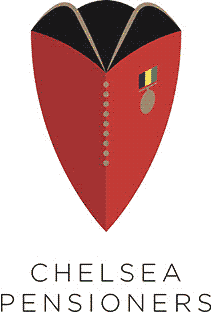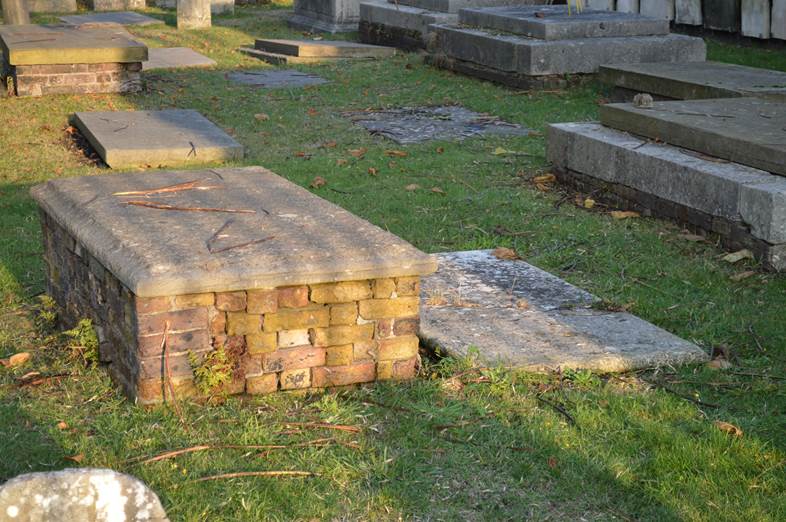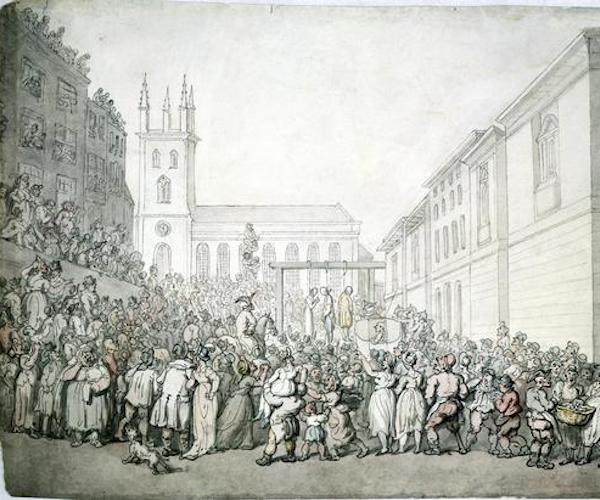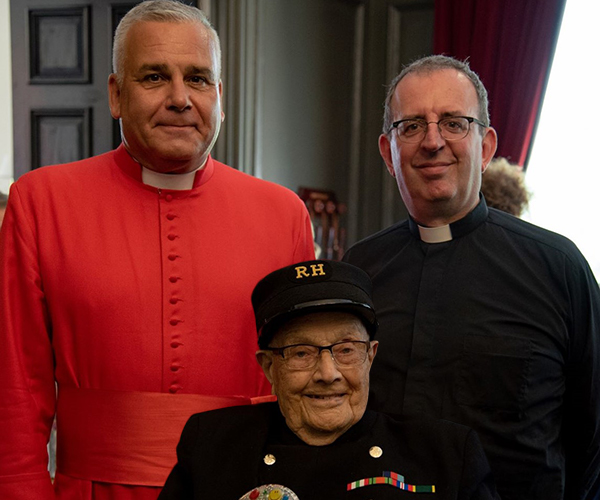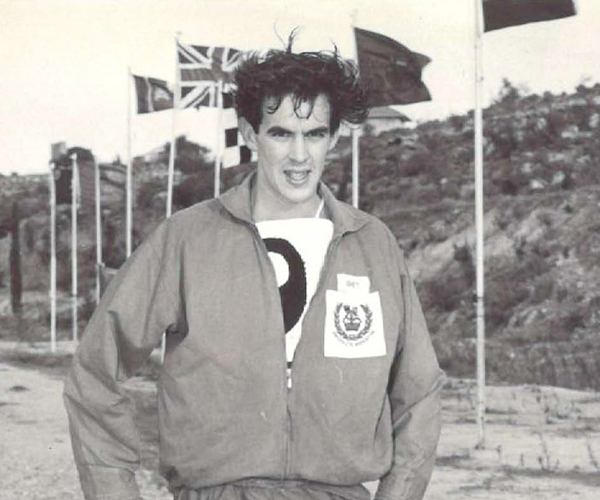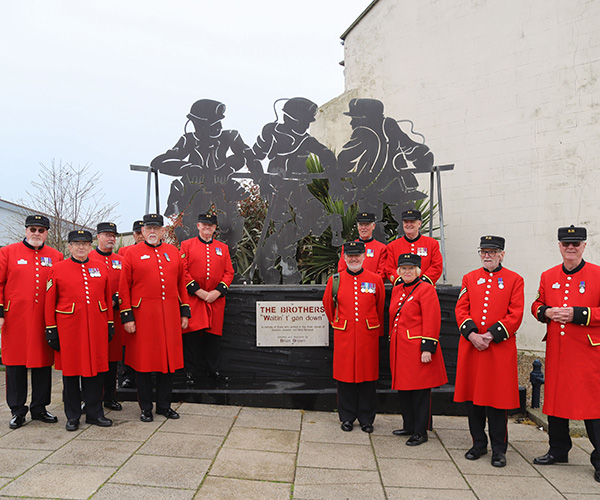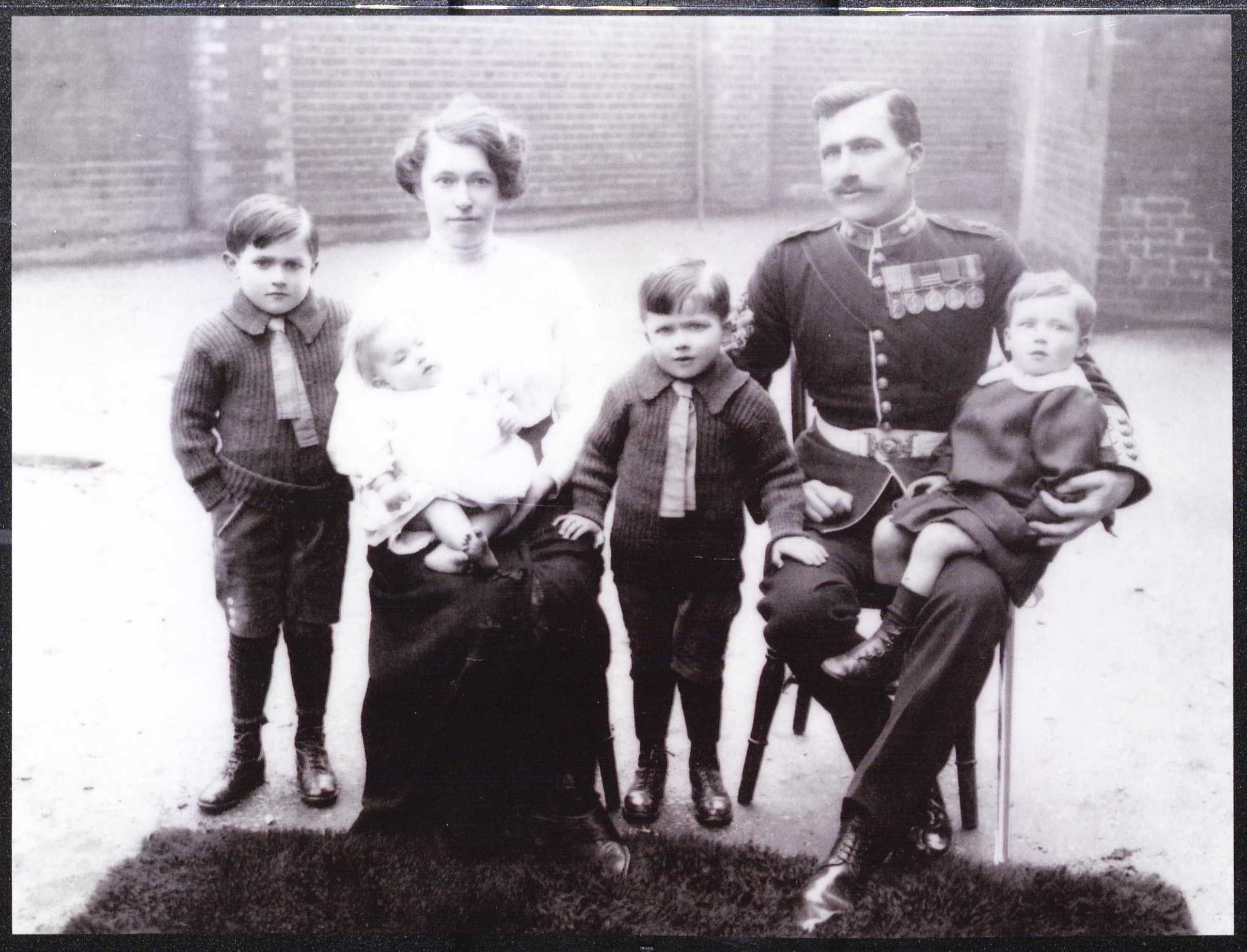
Spooky stories and tragic tales
31st October 2019
With a history that goes back more than 300 years, it’s not surprising that there have been various reports of ghostly goings-on at the Royal Hospital. To mark Halloween, we’re sharing some of them with you…
The ghosts of West Lodge
West Lodge – situated in the private part of the Hospital known as Burton Court – was the original entrance to the Royal Hospital and dates back to the 1680s. It is now staff accommodation and is reputed to be haunted, as the current resident told us:
“Apparently an Army officer came to the house after World War I. He was very disturbed. Today we would say he had post-traumatic stress disorder – in those days it was called shell shock. He started to drink a lot in the local taverns and eventually hanged himself from the bars on the skylight at the top of the stairs. People who lived in the house afterwards reported the sound of a rope creaking and sighing at night.”
The second ghost has been seen in the basement, that runs the length of the original building (an extension was added later).
“One day, quite a few porters were making a delivery to the basement and they saw an eerie apparition of a young woman in period costume. She was glimpsed and then gone. Nobody knows who she was. I don’t believe in ghosts and have never seen or heard anything, but when I first moved here a porter said, ‘I don’t know how you can live there, it’s haunted’.”
The persistent poltergeist
Relatively recent residents of another original property at the Royal Hospital were plagued by a poltergeist. They reported that curtains which they drew at night would be wide open in the morning and books and furniture had moved from their places.
The activity became so disturbing that the Hospital Chaplain at that time was called in to advise the couple living there.
Traces of a tragedy
The site of wards 23 and 24 at the Royal Hospital was bombed twice – once in 1918 and once in 1945. At the time of the first bombing, the Captain of Invalids – Ernest Ludlow – and his family were living there. Ludlow, who had been a Sergeant Major in the Grenadier Guards, his wife Jessie, two of their sons and a niece all died. Two other brothers survived, as well as the baby, Basil, who was thrown into the rafters and found afterwards. The episode is recorded in the Royal Hospital’s archives:
“One of the lovely old residences in the grounds of the Royal Hospital Chelsea was sliced in half by a bomb of terrific force, and literally crumbled to dust.
Red bricks and splinters of wood littered the grounds where bits of carpet, tiny fragments of fur, wool out of mattresses, hung on the shrubs along the outside railings… One of the five children was found blown onto the railings, dead. The bodies of another child, the Father, Mother, a lady guest and a servant were also found in the wreckage. The other three children were rescued unhurt.”
A funeral was held to remember the family. An order of service survives, including the heartbreaking words to a hymn that begins:
There’s a Friend to little children,
Above the bright blue sky,
A Friend Who never changes,
Whose love will never die.
A plaque to the family is in the lounge for Wards 22 and 23. One staff member says the tragedy has left traces in the atmosphere there and describes the air as feeling “weird and heavy”.
Pensioners of the past
Other spooky happenings at the Royal Hospital include reports of a berth that cleaners were reluctant to enter because of its eerie atmosphere and tales of doors slamming and toilets flushing in the long wards when they were being refurbished. Perhaps past Pensioners were protesting at the disruption!
Another report tells of a member of staff who had a long conversation with a Pensioner. When they asked about him, the records were checked and showed that he had died some years ago.
Pensioners were originally laid to rest in the Royal Hospital’s old burial ground. Tombstones commemorate a number of unusual characters, including one William Hiseland , who died in 1732 and whose portrait hangs in the Hospital museum. Here is his striking epitaph:
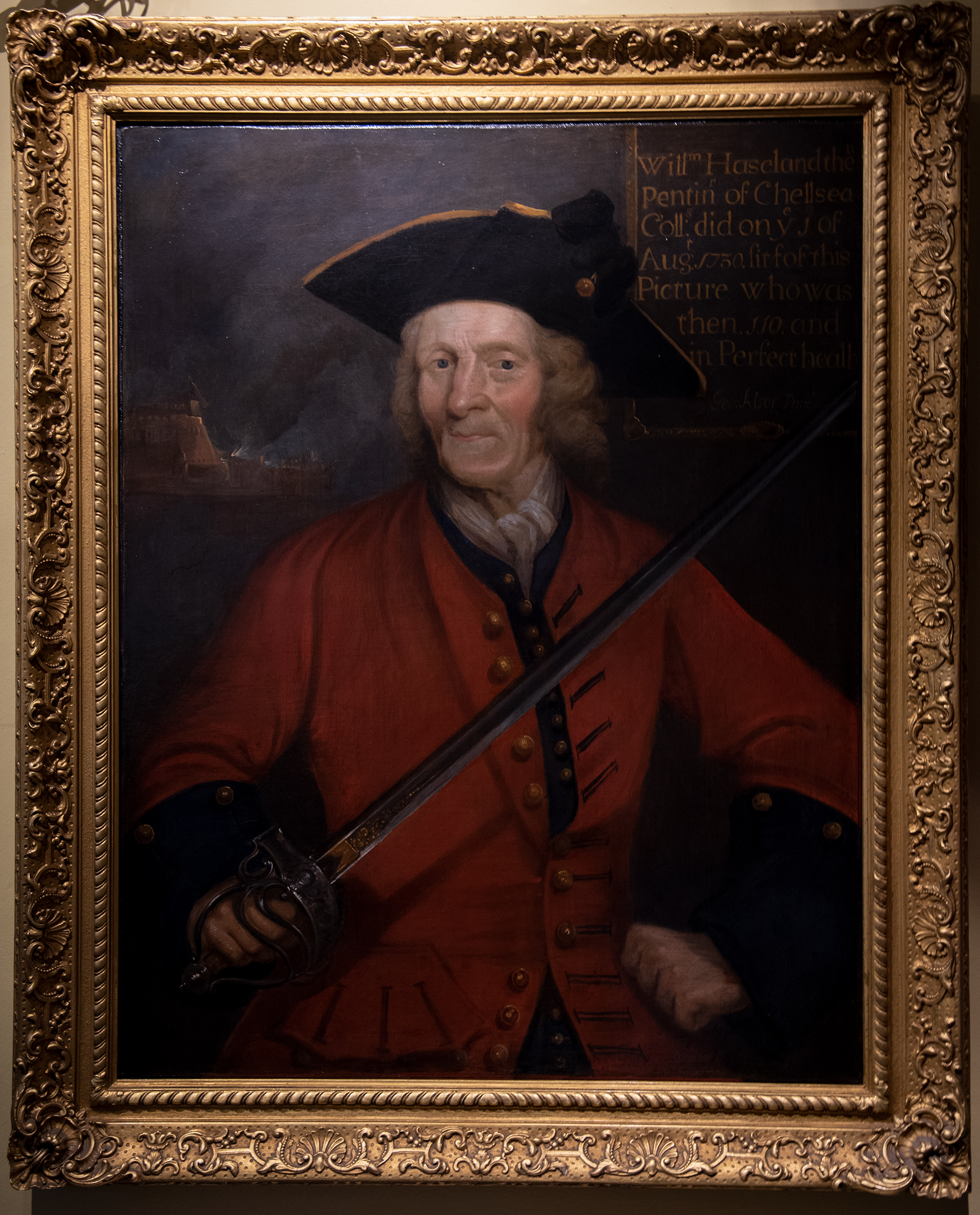
A Vetran, if ever soldier was
Who merited well a Pension
If Long Service be a Merit
Having served upwards of the Days of Man
Antient but not Superannuated
Engaged in a series of Wars
Civil as well as Foreign
Yet not maimed or worn out by either
His Complexion was fresh & florid
His Health hale & hearty
His Memory exact & ready
In Stature
He exceeded the Military size
In Strength
He surpassed the prime of Youth
and
What rendered his Age
Still more Patriachal
When above One Hundred Years Old
He took unto him a Wife
Read Fellow Soldiers and Reflect
That there is a Spiritual Warfare
As well as a Warfare Temporal
Born vi of August 1620
Died vii of Feb. 1732
Aged 112
Perhaps William – who seemed so reluctant to give up the ghost – still haunts the Royal Hospital!
